The Future of European Museums: What Travelers Need to Know
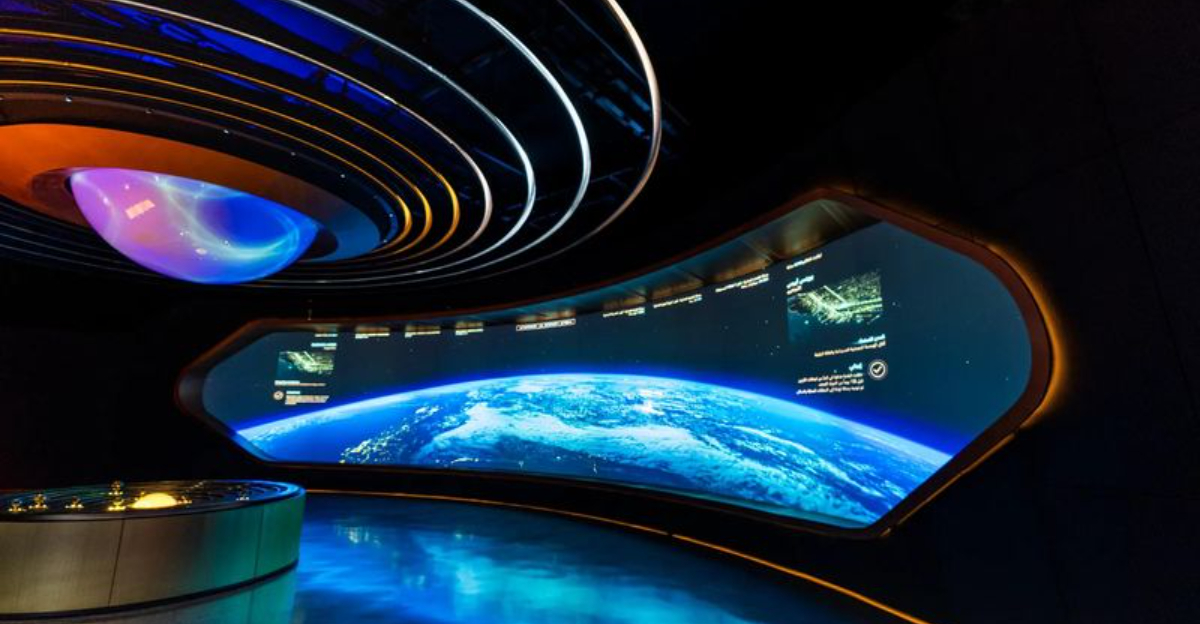
Have you ever thought about how Europe’s museums are adapting to the future? These cultural landmarks are finding new ways to engage visitors while preserving history.
Through technology, inclusivity, and interactive experiences, they’re redefining how we connect with the past. Let’s explore ten innovative approaches that are transforming museums across Europe.
1. Embracing Augmented Reality
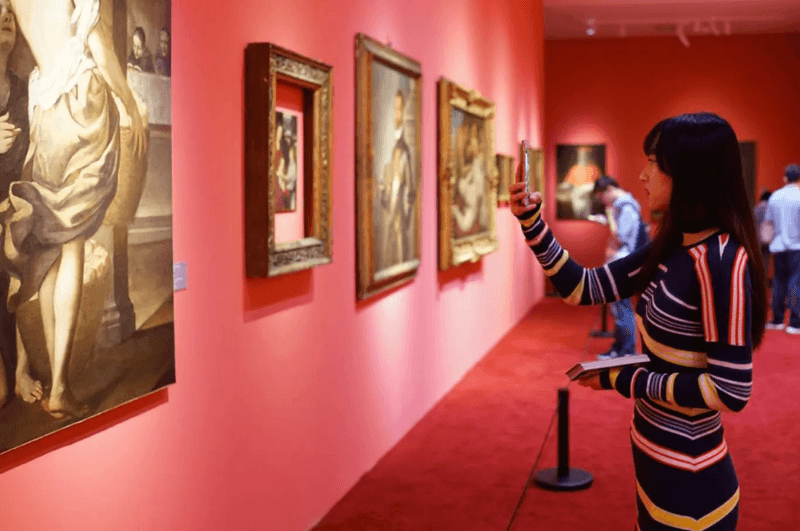
When you step into a museum, it’s no longer just about looking at static exhibits. Augmented reality (AR) is changing the game by overlaying digital content onto physical displays.
This technology allows you to interact with exhibits in ways you never imagined. Imagine standing in front of a medieval castle and seeing knights in armor come to life. Museums are using AR to create immersive experiences that capture the imagination.
It’s a powerful tool for education, making history feel alive and relevant. With AR, learning becomes an adventure that captivates both young and old.
2. Interactive Digital Displays
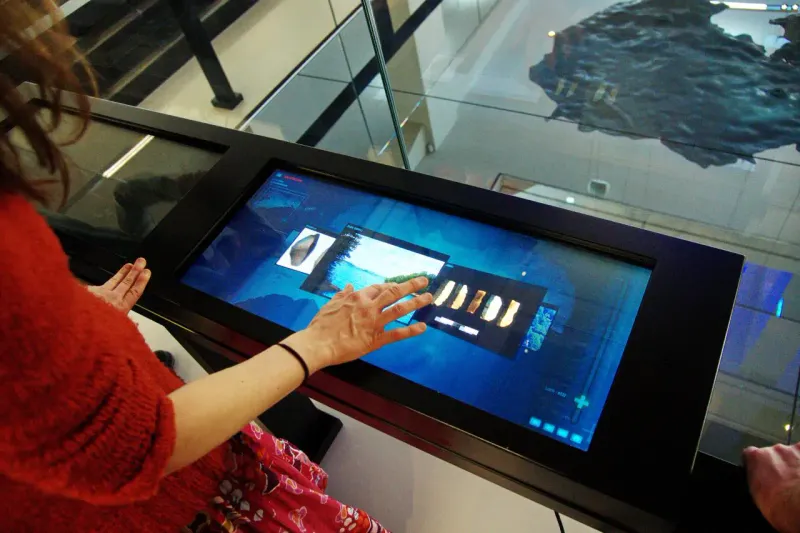
Are you tired of passive museum visits? Interactive digital displays are here to revolutionize the way you engage with exhibits. These screens invite you to touch, swipe, and explore content in dynamic ways.
By interacting with these displays, you can delve deeper into the stories behind artifacts. It’s like having a personal guide at your fingertips, providing detailed information and insights.
These systems are not only informative but also fun, encouraging visitors to spend more time exploring. Digital displays transform museums into interactive spaces where learning is hands-on and engaging.
3. Virtual Reality Experiences
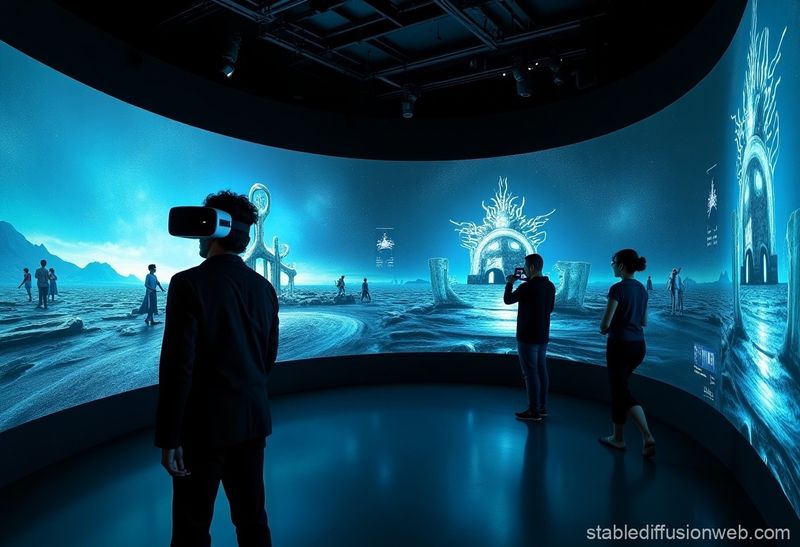
If you could walk through ancient Rome, what would you see? Virtual reality (VR) experiences make this possible, transporting you to different times and places.
Museums are adopting VR to offer visitors a unique view of history. Put on a VR headset, and suddenly, you’re in the middle of a bustling Roman marketplace. This technology provides an immersive experience that’s both educational and thrilling.
VR allows museums to present historical environments and events in a way that feels incredibly real. It’s a fantastic way to explore history without leaving the present.
4. Cultural Inclusivity Initiatives
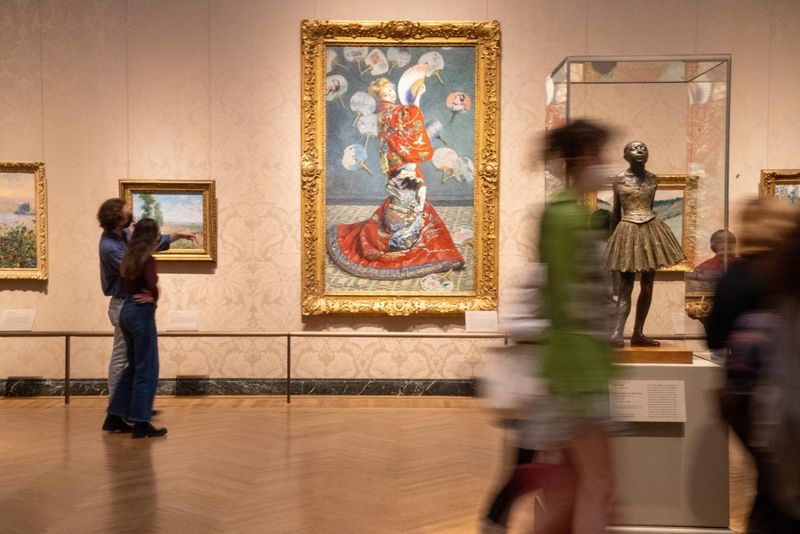
How are museums becoming more inclusive? By embracing diverse cultures and histories, they are ensuring everyone feels represented. Cultural inclusivity initiatives aim to highlight underrepresented stories and artifacts from around the world.
Museums feature exhibitions that celebrate multiculturalism, inviting people from all backgrounds to connect with history. These initiatives promote understanding and respect among visitors.
It’s inspiring to see how museums are breaking down barriers and fostering a sense of community. Inclusivity in museums means that everyone’s story is valued and shared.
5. Sustainability Practices
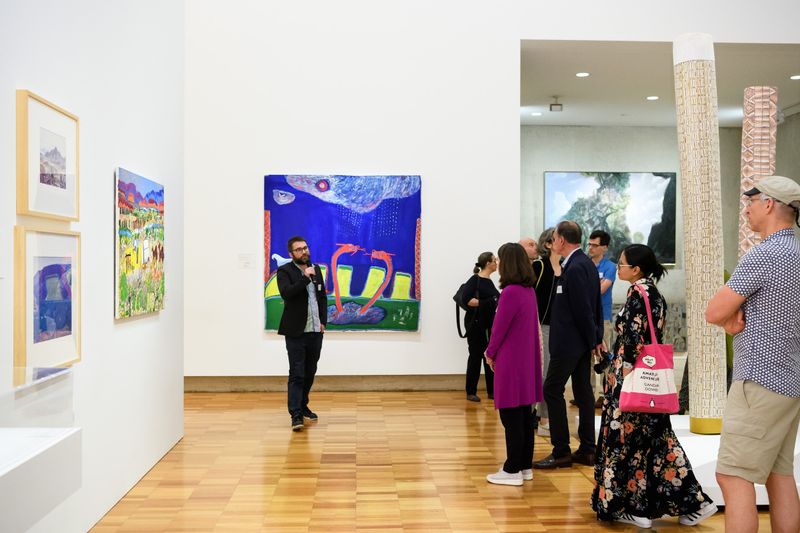
Where do museums stand on sustainability? They are at the forefront, implementing eco-friendly practices in their operations and displays.
By using sustainable materials and energy-efficient designs, museums are reducing their environmental impact. Many museums now feature exhibitions that educate visitors about sustainability and conservation. It’s a way to inspire eco-conscious behavior in the community.
These practices show a commitment to preserving not just history, but also the planet. Museums are proving that cultural institutions can lead the way in sustainability, setting an example for others to follow.
6. Art and Technology Integration
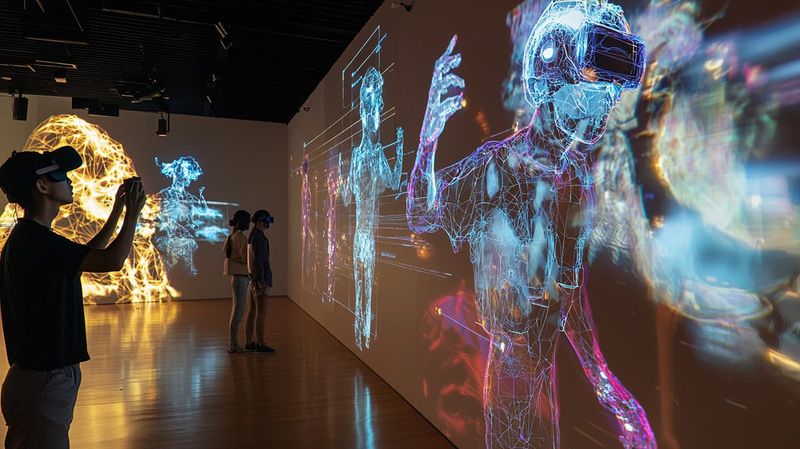
Did you know art is getting a digital makeover? Museums are integrating technology into art exhibits, creating a fusion of traditional and modern expressions.
This integration opens up new possibilities for artists and viewers alike. Exhibitions now feature artworks that combine traditional media with digital elements, like projection mapping and electronic art. Visitors can engage with art in unexpected ways, making the experience more memorable.
It’s exciting to see how technology is pushing the boundaries of artistic expression. This blend of art and technology is a fresh take on creativity, redefining what art can be.
7. Personalized Museum Tours

This is the age of personalization, and museums are catching on. Personalized museum tours offer visitors the chance to tailor their experience to their interests.
With mobile apps, you can choose exhibits that appeal most to you. These tours provide insights and information based on your preferences, making your visit more meaningful. It’s like having a customized guide that enhances your understanding and enjoyment.
Personalized tours are making museums more accessible and engaging for everyone. They ensure that each visit is unique and suited to individual tastes.
8. Community Engagement Programs
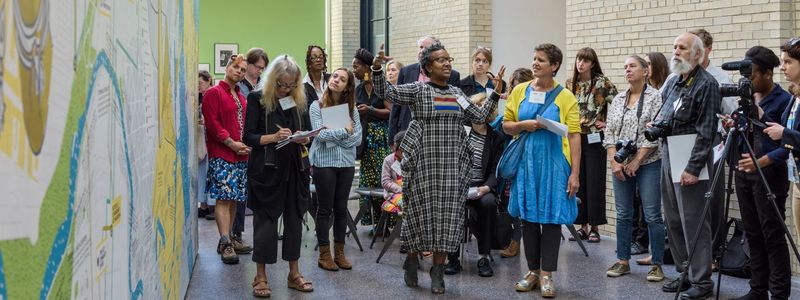
Are museums just for tourists? Not anymore! Community engagement programs are transforming museums into vibrant local hubs. These programs invite locals to participate in workshops, events, and exhibitions.
By reaching out to the community, museums build strong connections with their audience. They offer educational opportunities and foster a sense of belonging. It’s heartening to see museums becoming more than just places to view art and history.
Community programs make them centers of learning and interaction, bringing people together in meaningful ways.
9. Digital Collection Access
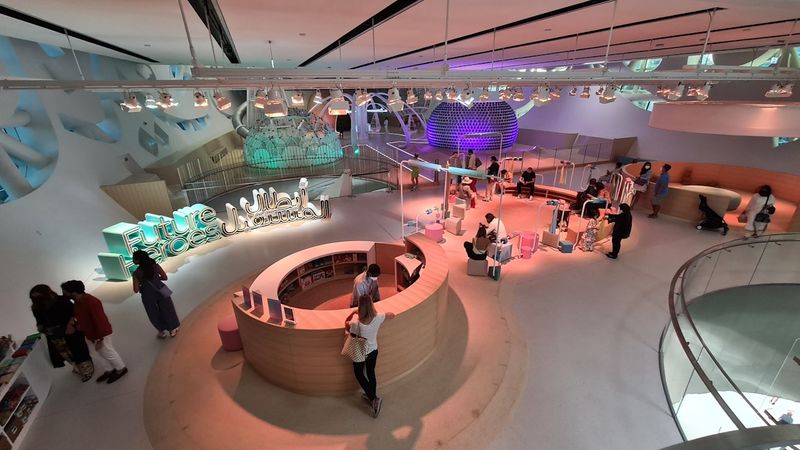
This is the digital age, and museums are embracing it by offering access to digital collections. With online platforms, you can explore high-resolution images and detailed descriptions of artifacts from anywhere.
These digital collections expand the reach of museums, allowing more people to appreciate their offerings. It’s a fantastic way to make art and history accessible to those who can’t visit in person.
Digital access breaks down geographical barriers, bringing museums to a global audience. It ensures that the treasures of history are available to all, at any time.
10. Collaborations with Artists and Innovators
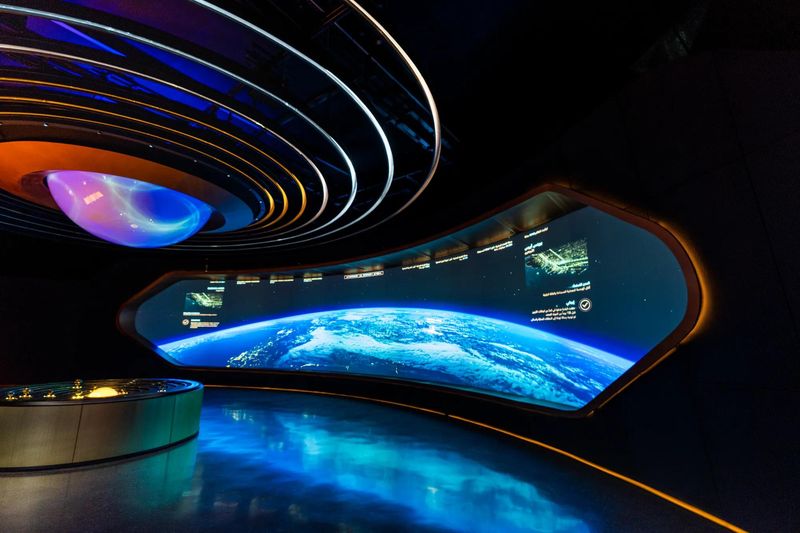
Are museums static spaces? Quite the opposite! Collaborations with artists and innovators are infusing museums with new energy. These partnerships bring fresh perspectives and ideas into the museum setting.
By working with creatives, museums offer dynamic exhibitions and projects that push the boundaries of traditional displays. It’s a way to keep exhibitions exciting and relevant, drawing in diverse audiences.
Collaborations breathe life into museums, ensuring they remain vibrant cultural centers. These partnerships highlight the endless possibilities when art and innovation come together.
